Michel Jouenne was born in 1933 in Boulogne-Billancourt to a mother who worked porcelain at the Manufacture de Sèvres. He has been immersed, since his early childhood, in art. He showed an interest in painting at a very young age, since he produced his first gouaches in 1947, at the age of 14. Two years later, in 1949, he participated for the first time in the Salon de Versailles, where he was even rewarded. He passed the competition for the city of Paris to become a drawing teacher in 1955, and a year later, he produced his first oil on canvas. In 1958, he completed his military service during the Algerian war. He will not however stop practicing his art and make many sketches during his absence. Upon his return to France, he joined a group of contemporary art artists; The Ville-d'Avray workshop. He enjoyed strong recognition during his lifetime. In 1969, he participated in the Salon of Painters Witnesses of their Time (PTT), in 1973, he was appointed painter of the Navy. He will travel for a time on the ships of the navy and will return with many sketches and ideas for new paintings. From 1957 and the beginning of his career, he exhibited in many spaces, and even internationally. We could find him in Paris at Saint-Placide of course, but also in the United States at the Burgos gallery, or at the Art Themas in Brussels. In 1990, he was named Chevalier of the Legion of Honor. Michel Jouenne is a landscaper recognized as a master. His lyrical paintings easily transport and give both physical and sensory participation as well as psychological or merely observational participation. He goes into the countryside and experiences before making sketches and diagrams in the open air. He was nicknamed the Peasants of Meudon, since his workshop is there. He is mainly inspired by his travels in Brittany, Tuscany and Corsica. We find warm colors in his compositions, such as orange, yellow and blue. This assortment of colors gives a supernaturalist impression. At the technical level, we find certain aspects of abstraction, such as the application of paint with a knife, or the absence of drawing on the canvas when starting to paint. . He uses different textures to play with light in the service of figuration.






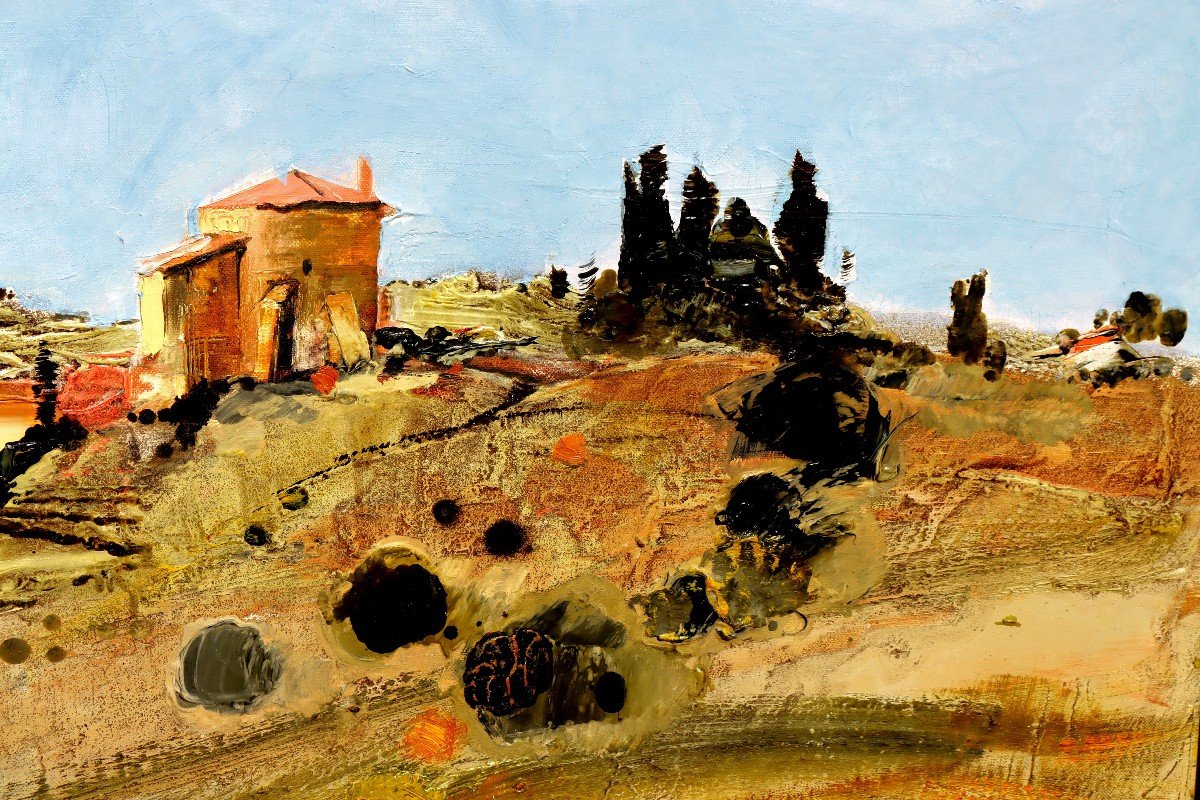
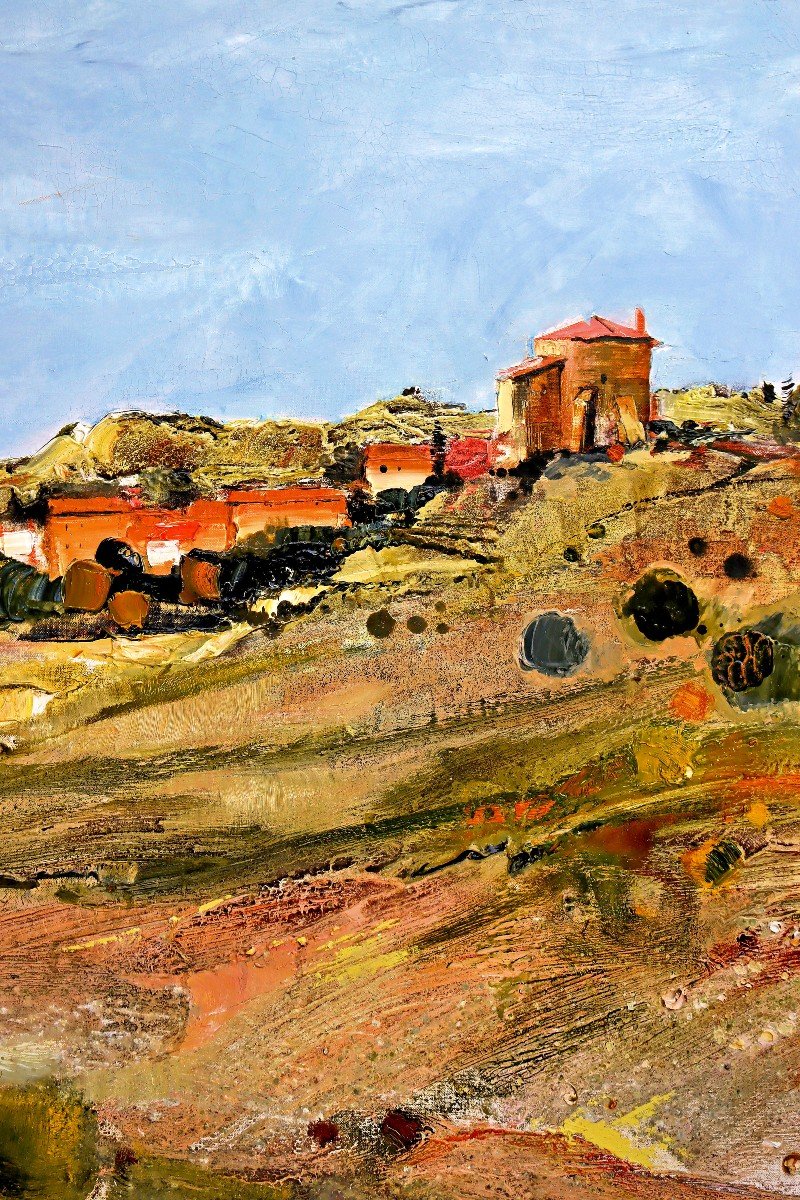


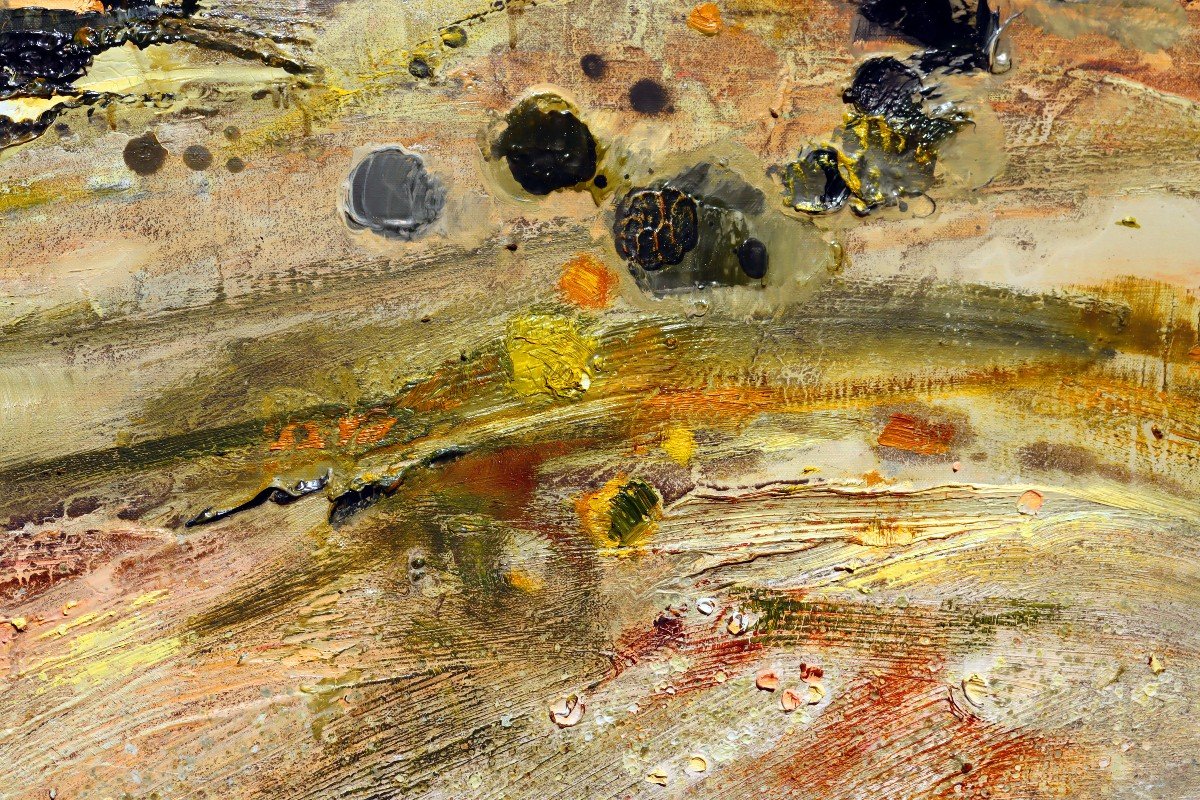
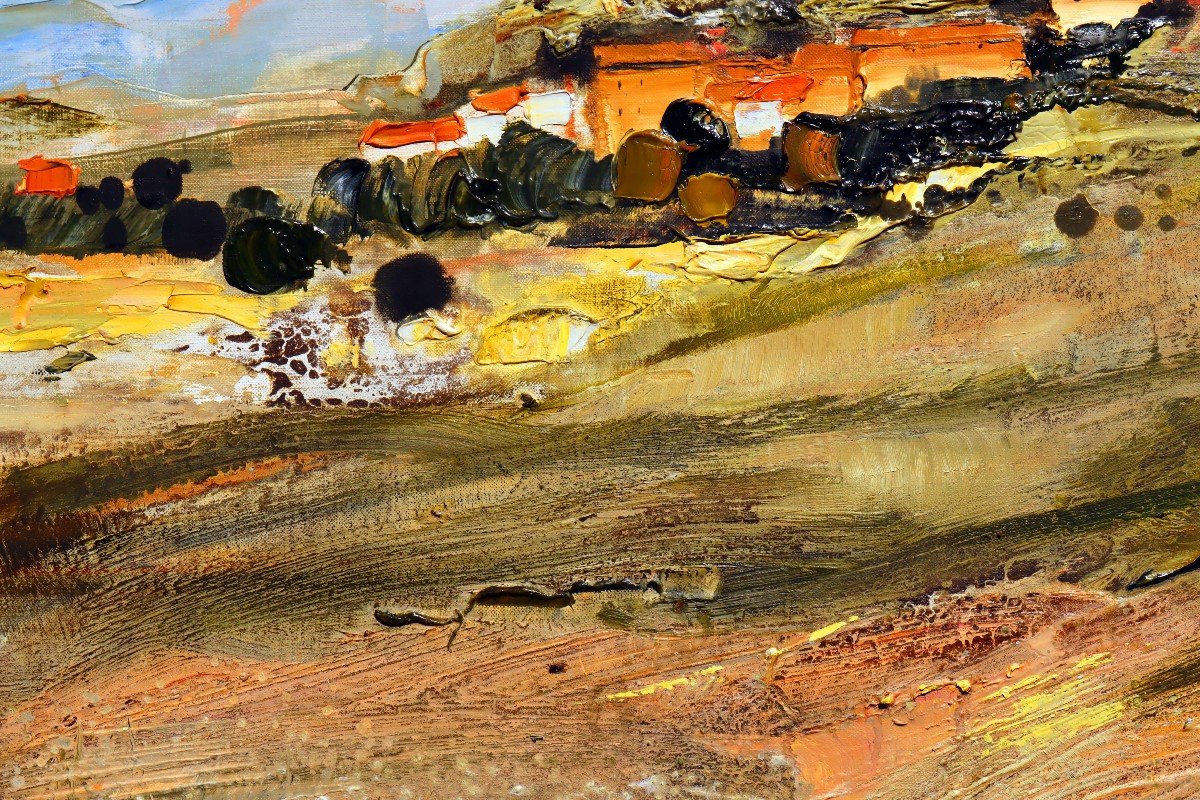
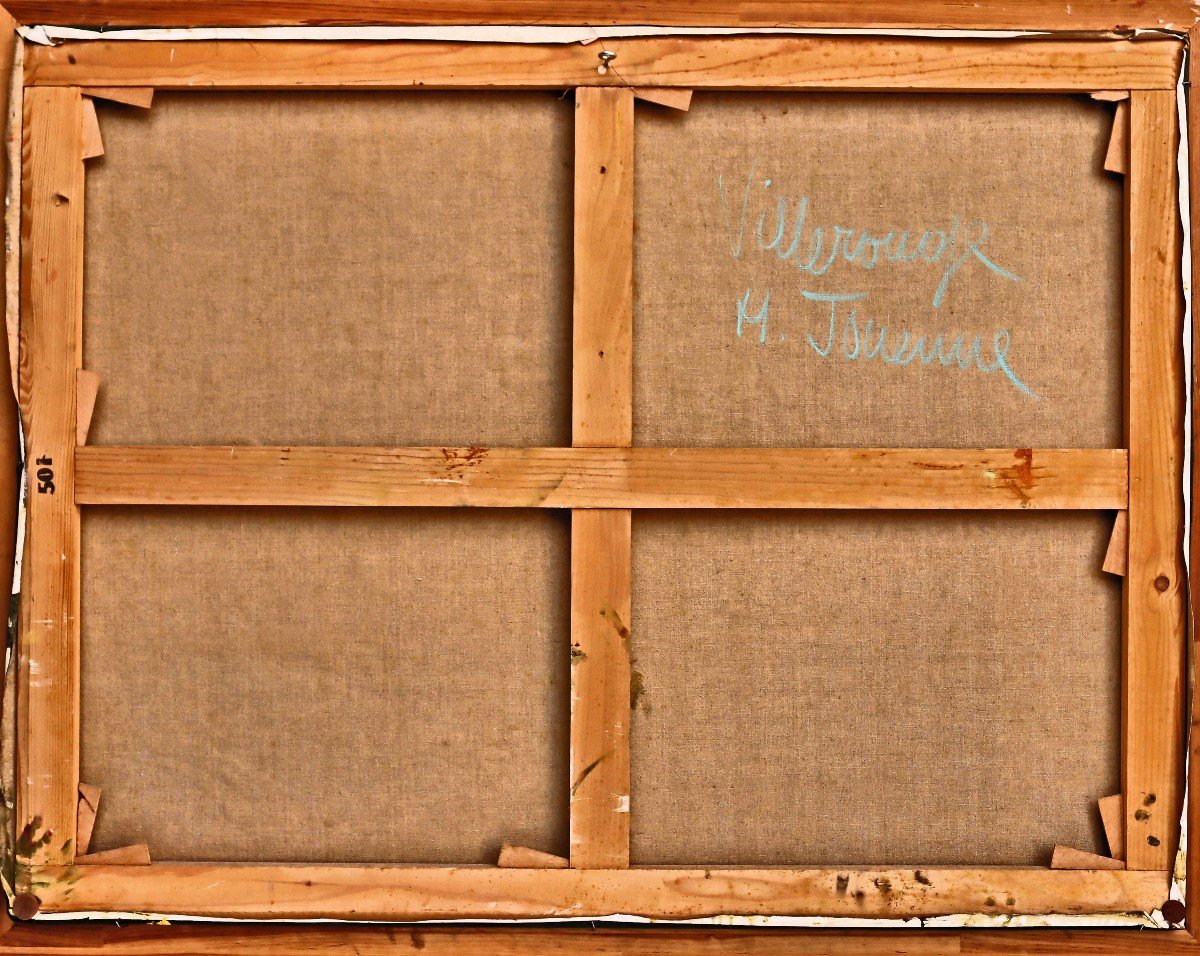
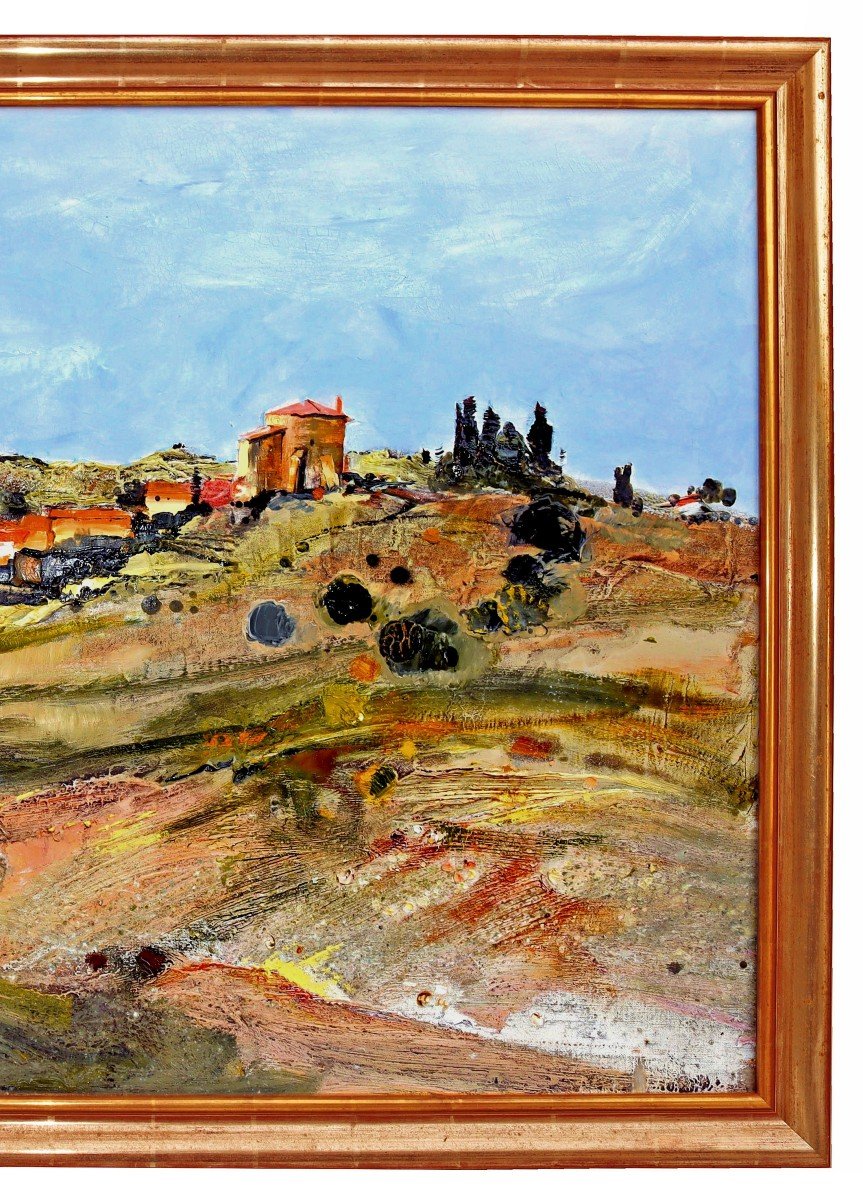
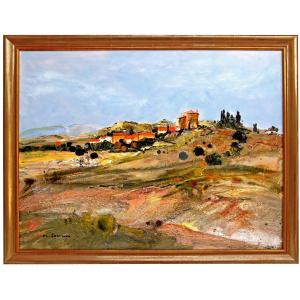















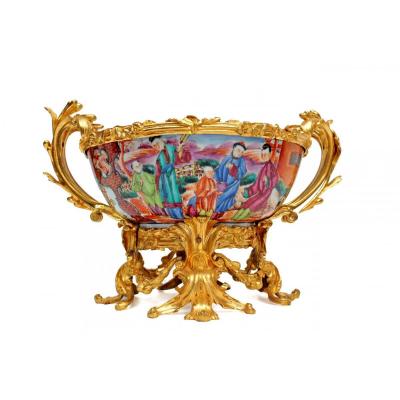




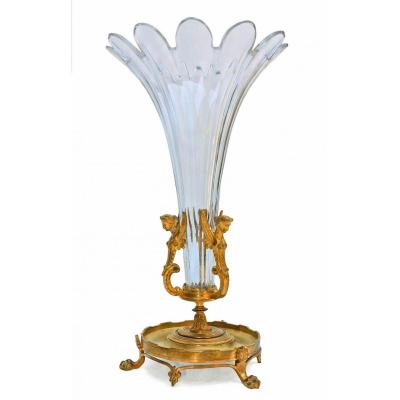

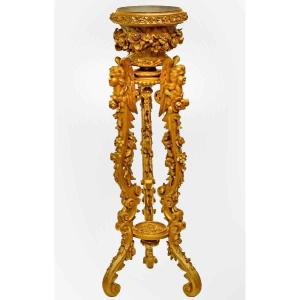

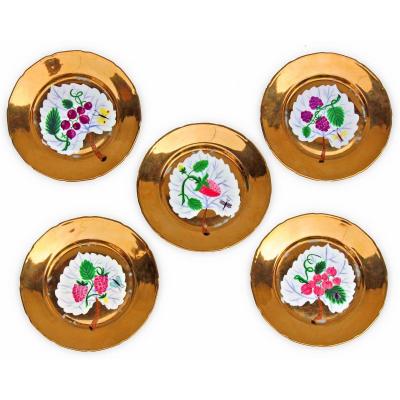





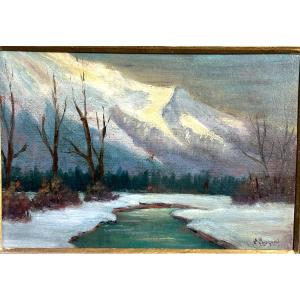
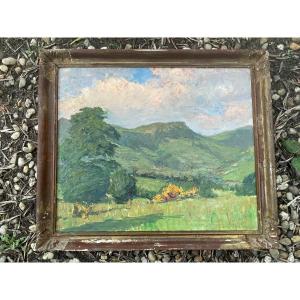



 Le Magazine de PROANTIC
Le Magazine de PROANTIC TRÉSORS Magazine
TRÉSORS Magazine Rivista Artiquariato
Rivista Artiquariato